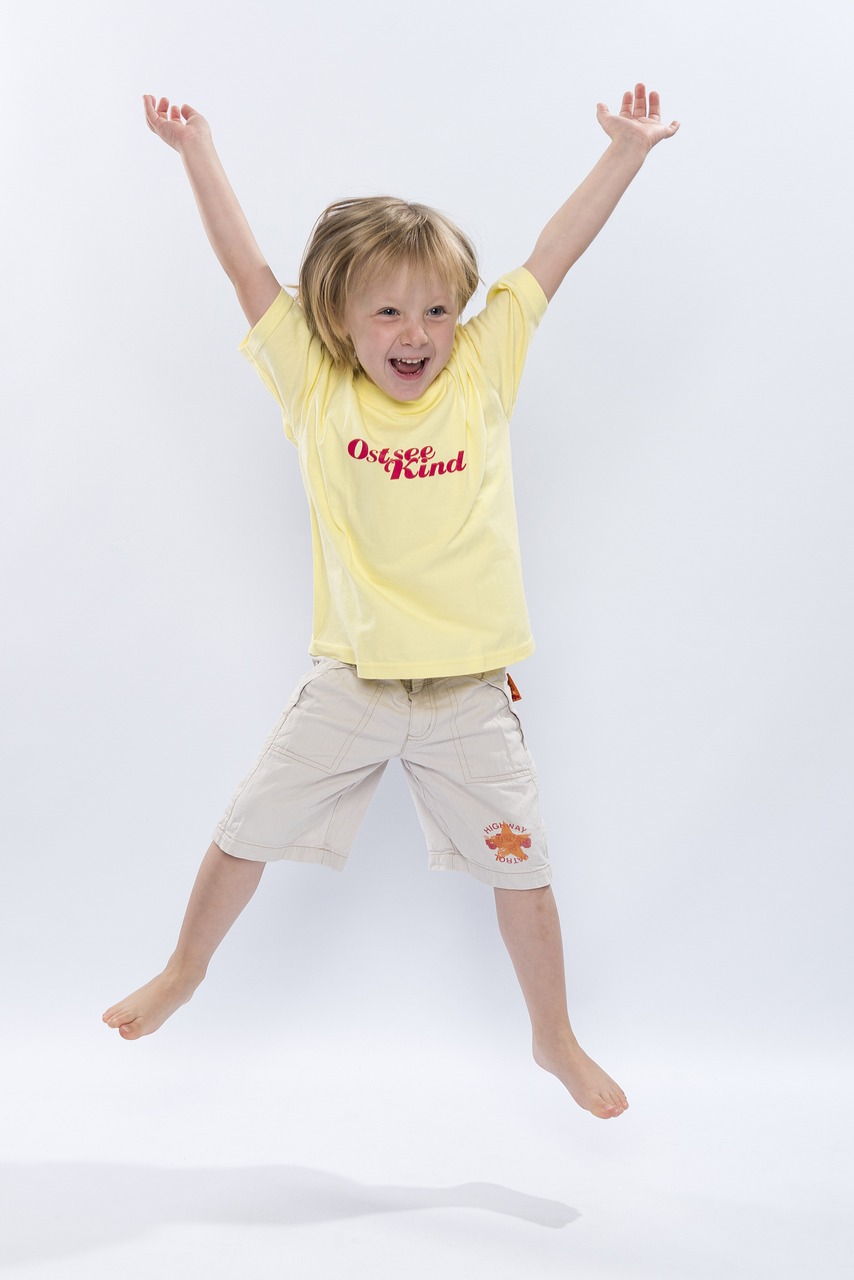Imagine my delight to receive an email through my website from a tutor who is using my Resources page with her student in their enrichment work. She shared a website with other resources that James wanted to share with me for my page. I love this so much! At the same time, I feel a responsibility to provide only the best resources to those who visit my site. So I have spent a few days vetting each of those resources, and I’ve added the good ones to my new and improved Resources page! I’ve also reached out to the company…
-
-
I’m thrilled to announce that my book has been selected as one of the Top 75 Community College Titles: October 2024 Edition on choice360.org. Choice is a publishing unit of the Association of College and Research Libraries, a division of the American Library Association. My book made it into the Social and Behavioral Sciences category. What do you think about that? Let me know in the comments! Learn more about, and order my book, here!
-
Have you ever wondered if there is a better way to understand and remember mathematical order of operations than PEMDAS, BIDMAS, GEMA, or any of the other happy mnemonics that only go so far? It’s been a bugaboo for so many teachers over time. During a recent work trip to St. Croix, USVI, I realized I hadn’t written my thoughts about it in my book. So I wrote a chapter all about it. If you’d like to read the chapter, wonderful! Just sign up to my email list, and you’ll get a link to download it for free. Don’t forget…
-
A week or two ago, Bill Davidson interviewed me for his podcast, Centering the Pendulum. I found it a great experience that allowed me to express some of the reasons for writing my book. It’s 18 minutes long; I hope you can find time to listen to it here.
-
Mobius strips are easy to make. Just glue one end of a strip of paper to the back side of the other end. Then you have a twisted strip. Lots of knitters make Mobius cowls as well. It’s a popular and cozy style. The author of some of the books I’ve used with students, mathematician Richard Evan Schwartz at Brown University, has been puzzling over a problem posed in the 1970s: what’s the shortest strip of paper you can use to make a Mobius strip? After a few years of tinkering, Dr. Schwartz cracked the problem. The key to doing…
-
A common problem educators face is to make fractions fun and intuitive, especially if their own education was lacking in this respect. One activity I developed that helps with this, and can be done with children of a variety of ages, is Fraction Jacks. What are fraction jacks? They are not the game with the bouncing ball and the funny-shaped pieces, though I’m sure something great could be developed with those. Instead, they are a physical activity that uses kinesthetic intelligence and mind-body connections to understand fractions. Here is how to do them. If you or your students have figured…
-
Ever since I heard this story, I’ve been working to change my communication with children about what is important. I think this comic says it better than my soapbox speeches. And you can substitute anything else for math, but I chose math because I hear that all the time. *If you’re stuck on helping your child with a concept, try khanacademy.org or other sites like mathplayground.com to refresh your skills and make learning fun for both of you. For more on why this is important, see this Scientific American article titled The Secret to Raising Smart Kids. It has some citations to research showing…
-
If you teach math, or want to enrich your children’s understanding of numbers, here is a set of activities that children will enjoy while learning a lot. You may have heard about Multiple Intelligence Theory. One thing it tells us is that we evolved to have intelligence not only in verbal and mathematical learning, which are the main focuses in our schools, but in a number of different areas. That’s why some of us learn better through music, or nature, or art, or bodily movement. This activity is a kinesthetic (movement-based) way to teach some important number facts. I’ve found…
-
I’m pleased to report that an independent non-profit organization, EdReports.org, is reviewing new Common Core math curricula. I sometimes get asked about my opinion about the different options, but it’s hard to respond when there are so many new materials that I haven’t seen, and I am only one person. While the reviews don’t address every curriculum, they do address many of the available Common Core options. If your district is considering adopting a curriculum, please consider the detailed reports here. They also have a graphic that shows the alignment in a visual format. Click the thumbnail to view it.…
-
Yesterday, an exciting package came in the mail: the first two published modules of the Common Core math curriculum for Grade 2, complete with my name on the inside! Even though it was only listed for Grade 2 (I’m writing on the Grade 5 team too), it was nice to see my name on another publication. While all of the modules can be downloaded and printed for free from NYSED, it may save money and time for schools to buy the printed books. Print editions are available from Great Minds, or you can order individual books for homeschooling, enrichment, or preview from Amazon.…


